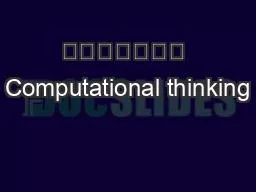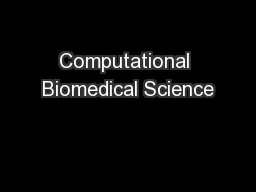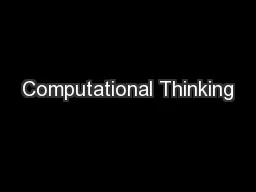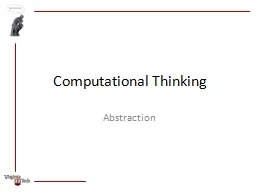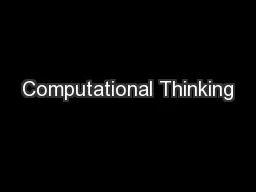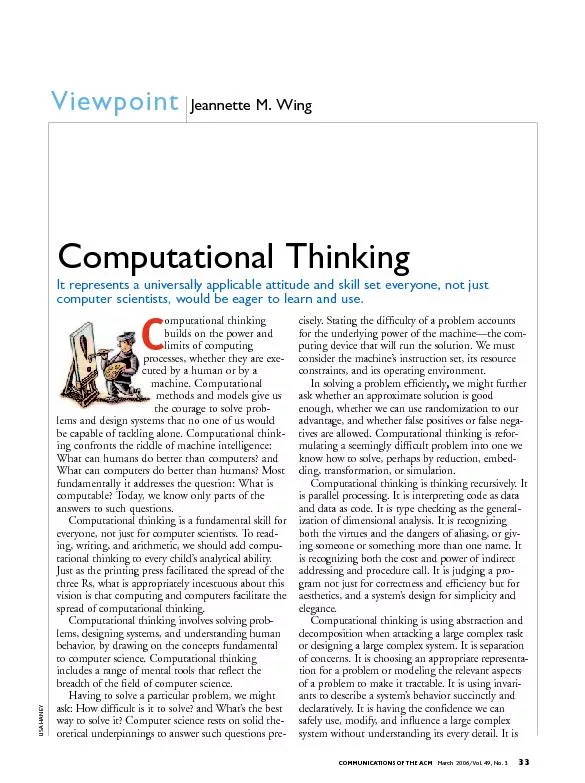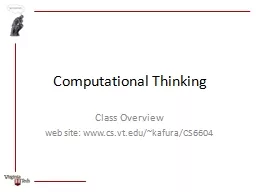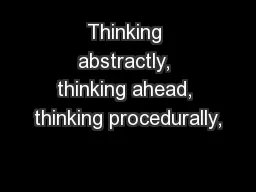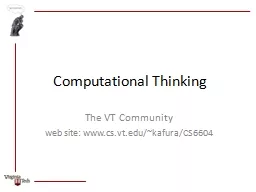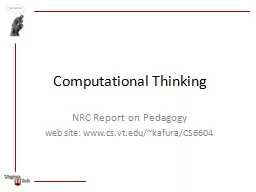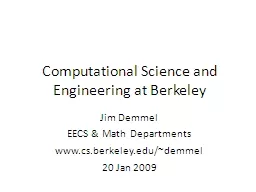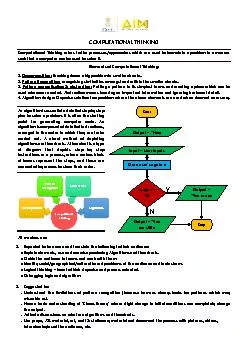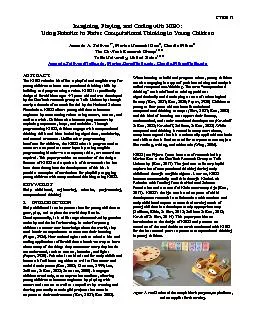PPT-計算思維與解題 Computational thinking
Author : easyho | Published Date : 2020-11-06
李鈺昇 Who am I and why Im here Outline Introduction U nderstanding sentences Compressing sentences Word similarity I Spelling checkers Word similarity II Arithmetics
Presentation Embed Code
Download Presentation
Download Presentation The PPT/PDF document "計算思維與解題 Computational thin..." is the property of its rightful owner. Permission is granted to download and print the materials on this website for personal, non-commercial use only, and to display it on your personal computer provided you do not modify the materials and that you retain all copyright notices contained in the materials. By downloading content from our website, you accept the terms of this agreement.
計算思維與解題 Computational thinking: Transcript
Download Rules Of Document
"計算思維與解題 Computational thinking"The content belongs to its owner. You may download and print it for personal use, without modification, and keep all copyright notices. By downloading, you agree to these terms.
Related Documents

